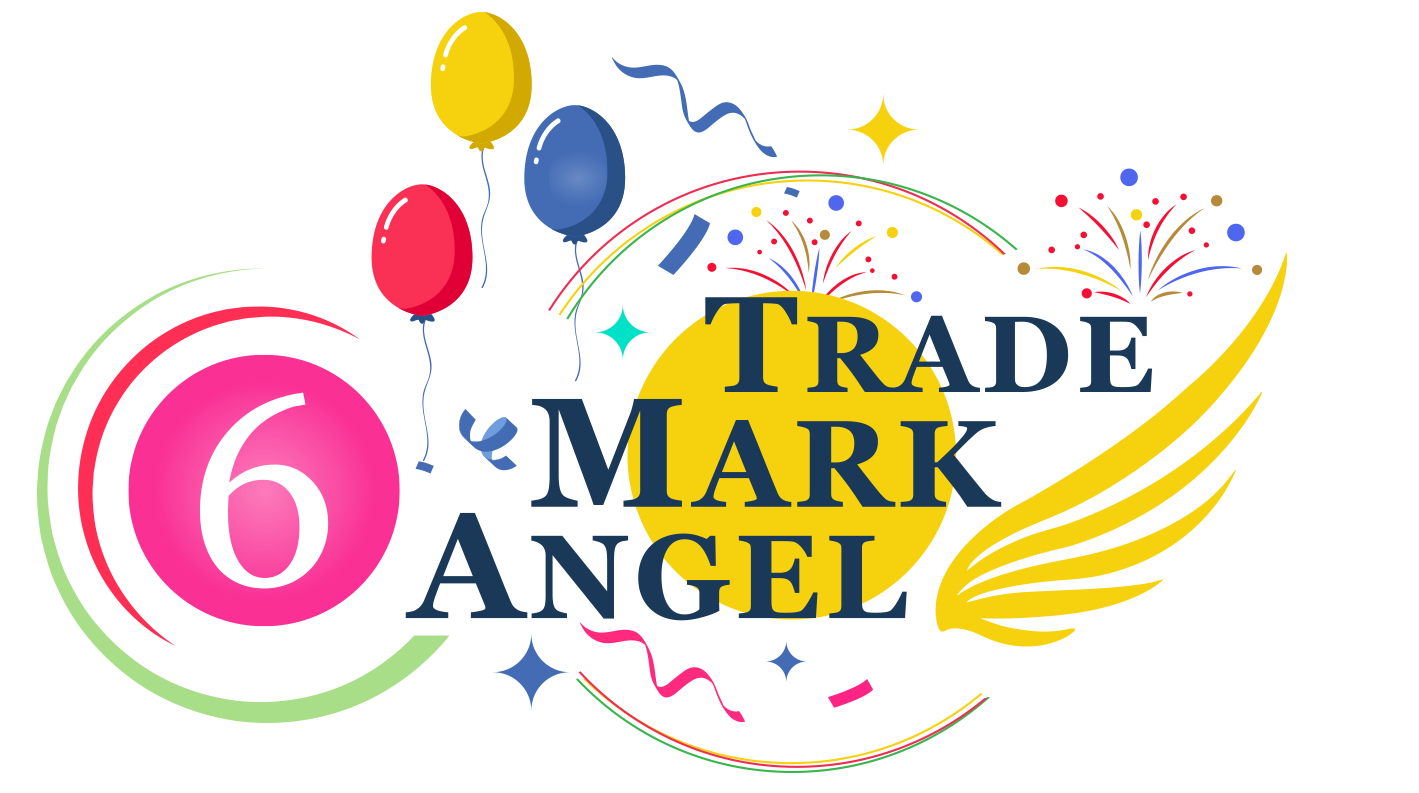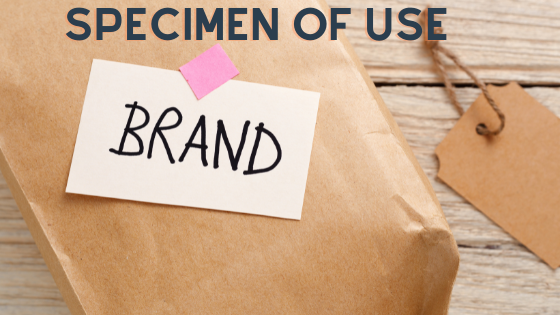Providing a correct specimen of use is necessary for successful trademark registration.
Specimens of use for clothing (class 25) and for a retail store (class 35) are discussed in this article.
Specimen of use, defined
It may sound scientific, but it is a lot simpler.
The language “specimen of use” simply means “proof or evidence of use” of a trademark on a given good (product) and/or service.
Rights owners often dive right in using their trademarks with insufficient, if not without, idea of a black hole they are headed to.
If it does not make any sense, let’s have a scenario of an applicant who has started using his trademark on a particular goods.
Mr. A was thrilled with an idea of a design mark for a clothing line. Lacking due diligence on the trademark aspect, Mr. A rushed manufacturing thousands of t-shirts with the design mark printed in front costing him thousands of dollars.
Mr. A filed a trademark application without being represented by a trademark lawyer. Since Mr. A has started using his trademark he was required to submit a specimen of use which he filed in a form of a photo of the t-shirt with the design mark printed in front.
As it turns out, to make the story short, Mr. A’s application was refused because the design mark as used on the T-shirt does not function as a trademark but a mere ornamentation.
You may think Mr. A’s story was exaggerated. The fact is that it is the less intense version. But obviously, Trademark Angel stepped in and threw a lifeline. Mr. A now has a trademark registration, and his business was spared from such a predicament.
To avoid the same sort of problem Mr. A faced, it is essential to know how specimen of use play in the trademark registration process, its importance, and the general rules in determining whether a specimen is acceptable.
Trademark is always in reference to goods and/or services.
A mark cannot simply be registered as a trademark without reference to specific goods and/or services.
In fact, the United States Patent and Trademark Office (USPTO) requires an applicant to submit evidence of the use of an applied-for mark in connection with the applied-for goods and/or services. Whether evidence in the form of a specimen of use is acceptable is subject to the specific rules. The USPTO has refused registration of thousands of trademarks for failure to submit acceptable specimen of use.
Timing of specimen of use requirement
You may have previously learned that there are two general ways to file a trademark application: one is to file it under use-basis and the other is under intent-to-use basis.
As implied in a use-based application, the specimen of use is required upfront precisely because an applicant is alleging the use of the mark in connection with specific goods and/or services.
Specimen of use is not initially required in an intent-to-use basis but is mandatory the moment the USPTO allows the use of the applied-for trademark. The USPTO will set an initial period of six months within which an applicant is allowed to use the applied-for mark and to file the specimen of use.
Specimen of use and its purpose and importance
It is worth emphasizing that a mark cannot register without filing acceptable specimen of use, except in the case of an application based on a foreign application. An application based on a foreign trademark registration skips the specimen requirement which shortens the registration process.
Specimens are required because they show the way the mark is seen by the public and provide supporting evidence of facts recited in the application.
Specimen of use is a required when maintaining or renewing a trademark registration.
General rules on acceptable specimen
Generally, a trademark mark application for registration must include one specimen for each class, showing the mark as actually used in commerce on or in connection with the goods or services identified.
The trademark office only requires a specimen for one specific good or service in each class but may require additional specimen if the goods or services are unrelated.
Example:
A specimen showing the mark used on a packaging of pants is acceptable for “T-shirt, shorts, pants” under Class 25.
A single specimen for an application with more than one classes may be accepted if the classes are related.
Acceptable specimens for goods
A trademark specimen must show use of the mark on the goods, on containers or packaging for the goods, on labels or tags affixed to the goods, or on a display associated with the goods.
Some of the accepted specimens for goods are:
- A label affixed to the goods is an acceptable specimen if a trademark is ordinarily applied to the goods or the containers for the goods by means of labels.
- Shipping or mailing labels may be accepted if they are affixed to the goods or to the containers for the goods and if proper trademark usage is shown.
- A label or tag that is not shown physically attached to the goods may be accepted if, in addition to the mark, it includes information that typically appears on a label or tag in use in commerce for the types of goods such as net weight, volume, UPC bar codes, lists of contents or ingredients, or other information that is not part of the mark but provides information sufficient to identify the goods.
- Stamping a trademark on the goods, on the container, or on tags or labels attached to the goods or containers, is a proper method of trademark affixation.
- A showing of the trademark on the normal commercial package for the particular goods is an acceptable specimen.
- Displays associated with the goods comprise point-of-sale material, such as banners, shelf-talkers, window displays, menus, and similar devices that show use of the mark directly associated with the goods.
- A web page that displays a product can constitute a “display associated with the goods” if it:(1) contains a picture or textual description of the identified goods; (2) shows the mark in association with the goods; and (3) provides a means for ordering the identified goods.
Acceptable specimens for services
A service mark specimen must show the mark as used in the sale of the services, including use in the performance, or rendering of the services, or in the advertising of the services. The specimen must show a direct association between the mark and the services.
Below are some of the accepted specimens for services:
- Letterhead stationery, business cards, or invoices bearing the mark may be accepted if they create a direct association between the mark and the services.
- Sign-in screens show that the services are available, and the context indicates that they are accessed by inputting credentials, which is a generally known and accepted means of accessing many online services.
- For services such as Class 41 entertainment services involving the provision, production, or distribution of entertainment content, screenshots of title or launch screens from the content may create the requisite direct association between the mark and the services.
- Web pages from an applicant’s or a third-party’s website may be submitted as advertising.
- Common specimens for such apps are usually screenshots of electronic devices showing the apps rendering the services.
For practical details of what constitutes an acceptable specimen of use please check our other article.
Unacceptable specimens
The following are unacceptable specimens.
- Labels or tags that appear to be a mock-up, illustration, or other rendering are unacceptable and will result in refusal for failure to show the mark in actual use in commerce in connection with the goods
- A web page that merely provides information about the goods but is not of point-of-sale nature such that it does not provide a means of ordering the goods, is viewed only as promotional material, which is not acceptable to show trademark use on goods.
- The applied-for mark does not appear on the specimen;
- The specimen does not show use of the applied-for mark on or in connection with any of the relevant goods or in the sale or advertising of the services;
- The specimen is a digitally created/altered image or mockup of the goods;
- The specimen is unreadable/illegible;
- The specimen is merely advertising material for goods;
- The specimen is merely a picture or drawing of the mark;
- The specimen is a photocopy of the drawing;
- The specimen is an electronic display associated with the goods (e.g., an online catalog, or web page display for goods), and fails to include ordering information or pricing; and
A trademark is always in reference to a certain good or service. A mark is not a trademark if it is not used in connection with a product or service.
The proper use of a given mark to a product or service is, therefore, vital in the process of obtaining a trademark registration.
It is important to note that there are exceptional and technical rules that apply in determining acceptability of a specimen.
If unsure about whether your trademark is properly used on your products and/or services, we at Trademark Angel can help. We offer a free 20-minute consultation and preliminary trademark clearance. Send us a message on our website and email address.







Leave A Comment